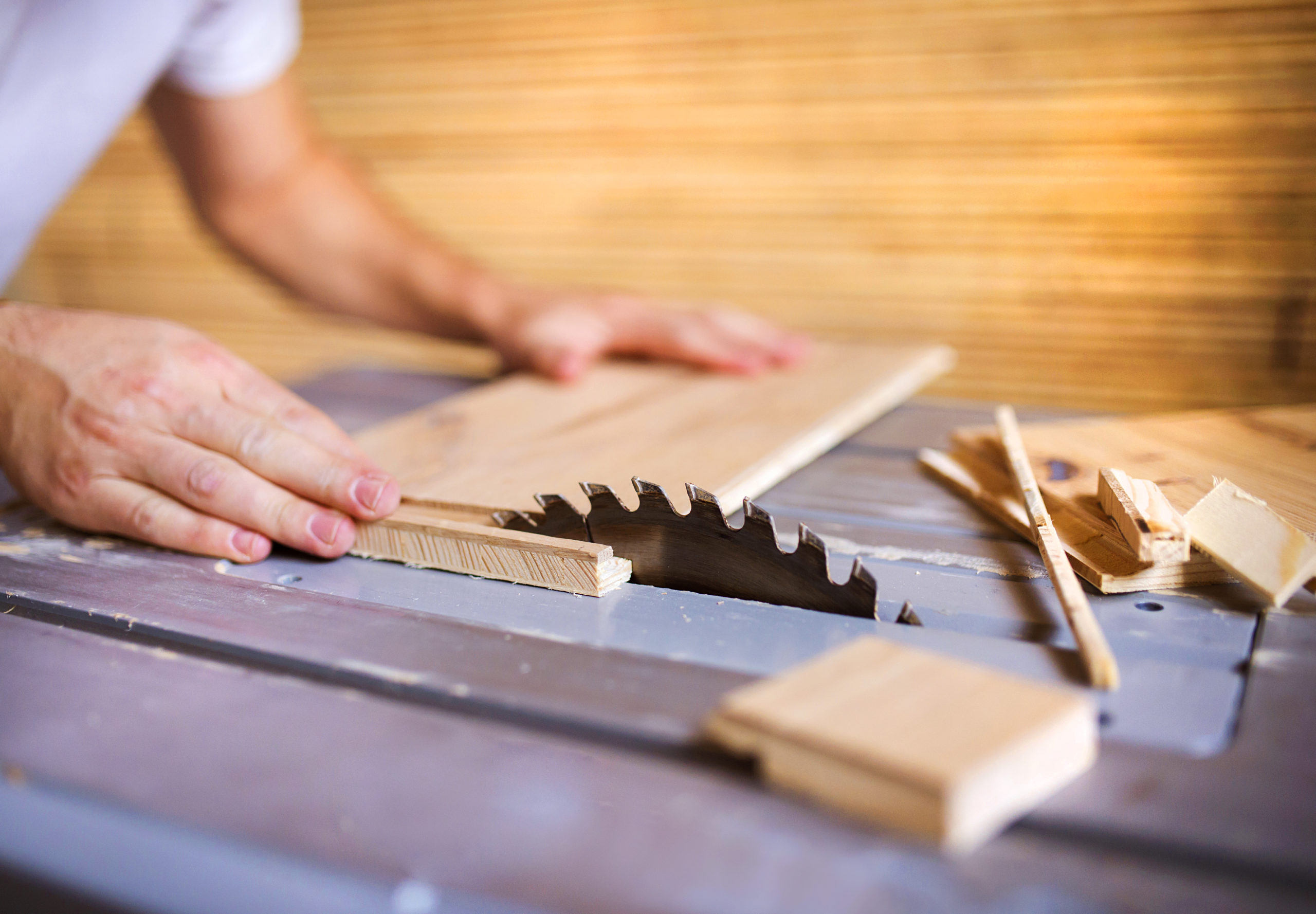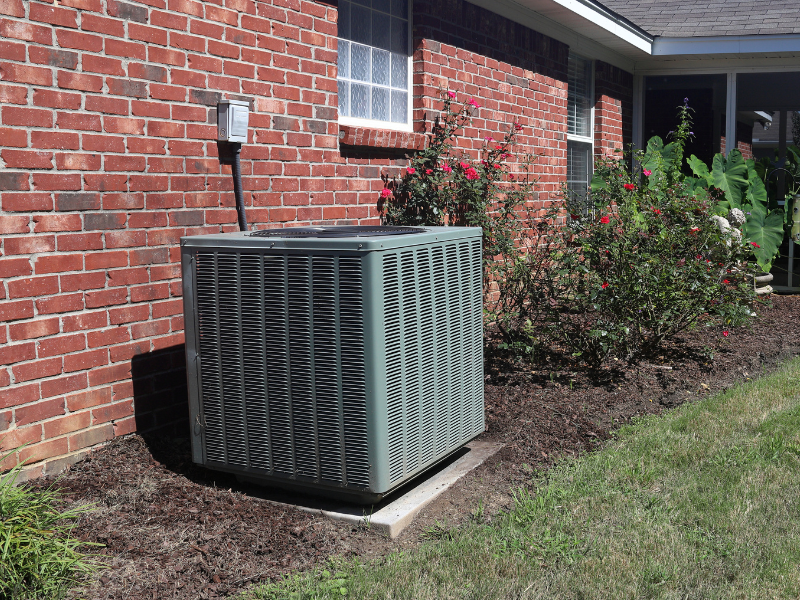Since the 1950s or 1960s, most homes have had interior walls finished with drywall, also known as Gyprock. This relatively inexpensive engineered material was developed as a replacement for plaster and lath walls. It provides a smooth, paintable wall for a fraction of the effort of plaster and lath, and once correctly finished, textured, and painted, it really can’t be distinguished from plaster.
Wood (either plywood or wood panels) is also a popular choice for homeowners. But which one will keep the heat in best when temperatures drop, and the snow comes? You’ll want to choose the right material to reduce your energy bills and optimize your heating system’s performance.
Let’s compare the two materials to figure out which is superior in terms of insulation.
Benefits of Gyprock
The main reason for developing Gyprock was the cost savings generated by reducing the skilled labor needed to finish walls. While taping and finishing drywall still require a fair degree of skill, it is a level of skill that is accessible to most homeowners who want to re-do their walls. If it seems too daunting, a qualified contractor like the team at Habberjam can offer affordable and quick assistance for any project.
At first, drywall was slow to gain popularity; many perceived it as a lower-quality alternative to the workmanship going into the home. However, it eventually took hold. Today, it is the standard means of covering interior walls, although it is not the only way that interior walls of homes and offices can be covered.
Benefits of Plywood
On the other hand, Plywood offers some distinct advantages over drywall and is a good alternative to be considered, especially if you are looking for a warm, natural look. The sterility of drywall doesn’t provide much warmth, whereas wood grain naturally does. So, what are these benefits?
When we talk about plywood walls, we often use the term “paneled walls.” This refers to thin, inexpensive wood paneling, which is often printed to look like wood grain. If you had a basement in the 70s, you are no doubt familiar with the concept! However, we can also use finer grade plywood, such as ½” or ¾” cabinet grade plywood, as wall covering. Many luxury homes and corporate boardrooms have walls covered in this manner. The look is considerably different from low-cost wood paneling, providing a “richness” that drywall can’t match.
Now, let’s get down to it: which insulates better, drywall or plywood?
Gyprock offers superior fire resistance compared to plywood, making it the safer wall finish in most applications. This typically means covering studs with a 5/8-inch sheet of fire-rated drywall by the manufacturer’s recommendations. Most plywood cannot be used to meet this requirement. Is Gyprock a good insulator? It definitely can be! Since drywall is frequently installed right up against insulation, it can be an effective air barrier. A sheet of Gyprock as a material is, technically, a good air barrier and will keep out the cold. There is one thing to consider, though; it is not often that a piece of drywall is hung that is not full of holes for electrical boxes, ductwork, windows, and doors. So there will be some minor loss of energy at those junctions.
What about plywood–is it a good insulator?
On the one hand, plywood does have high thermal and sound insulation. This makes it a useful insulating material for flooring, ceilings, roofing, and wall cladding. Ultimately, the insulation properties offered by plywood can dramatically reduce heating and cooling costs, which is excellent for your wallet. Choosing the right kind of wood is essential. If you need plywood for roofing, walls, or subfloors, then choose construction plywood or OSB. Oak or birch hardwood is suitable for cabinets, storage, and furniture.
Whether you choose Gyprock or wood for your walls and finishings, you’ll need an experienced contractor to guide you in the process. At Habberjam, our specialized construction team has over ten years of experience in building new homes. We are trained in the best construction practices and can easily perform heat-loss audits. Give us a shout, and let’s see how we can put our expertise to work for you.








